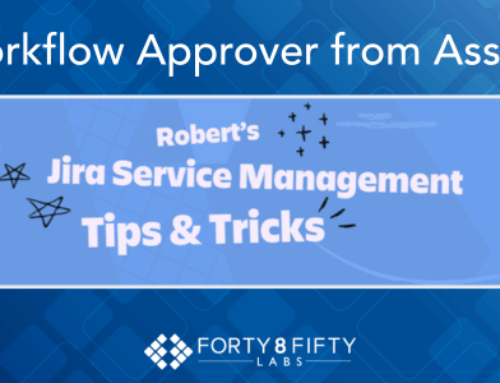Moving to the cloud requires a strategic approach for companies looking to enhance scalability, flexibility and cost-efficiency. A smooth transition from the cloud to the endpoint will significantly impact your organization’s productivity and security. We outlined six essential steps to ensure your cloud migration is as productive and seamless as possible.
Step 1: Map the Path
Before jumping into the deep end, assess your current environment and identify your goals. While many cloud providers work with their clients to identify opportunities for automation, their systems may not pick up on the bottlenecks you see in day-to-day operations. You will get more out of your transition by evaluating your current IT infrastructure and defining clear objectives for your cloud migration. Your internal assessment and your provider’s comprehensive analysis will help you chart a detailed path from your on-premises environment to a cloud ecosystem that aligns with your business goals. Next, debate the best cloud for you.
Step 2: Choose the Right Provider and Partner
Next you’ll need to decide if a private or public cloud fits your organization’s needs better. Many enterprises prefer a public cloud, such as AWS, Azure or Google Cloud, while others require a private cloud, such as HPE GreenLake. Each option has benefits; the choice will depend on the factors you deem most important. These factors might include data sensitivity, compliance requirements and performance needs.
Selecting the right cloud provider is also incredibly important for a smooth migration. Weigh the pros and cons of the offered security measures, scalability options, pricing models and customer support. Digging into their integration process is also beneficial. Here an expert migration partner like Forty8Fifty Labs can deliver significant value. With expertise in hybrid cloud security and cost management we will ensure all aspects of your migration are up to the utmost standards.
Step 3: Plan and Prioritize Your Applications to Migrate
Planning the migration itself can be meticulous and time-consuming. Your selected provider must take inventory and categorize programs, evaluating each application’s compatibility with the chosen cloud environment, which is why the right migration partner is essential to a seamless journey. When navigating this step, consider a provider that utilizes Infrastructure as Code (IaC) implementation. IaC will allow you to script, version and manage infrastructure configurations, unlocking another level of agility and making efficient deployment and scaling of resources possible.
Step 4: Test and Monitor
When migrating, you should test every stage of the process. After migrating each application or dataset, perform comprehensive tests to confirm that everything functions correctly in the new environment. Although often underestimated, this step is essential for identifying potential problems or bottlenecks before they affect your operations. You may also want to consider adding a service such as:
- Automated Provisioning and Scaling – Leveraging an automation service for on-demand resource allocation will ensure your infrastructure scales dynamically without unnecessary overhead, helping maintain consistency and performance throughout the migration.
- Continuous Monitoring and Configuration Management – Proactively monitoring your infrastructure to ensure it maintains its desired state will help you or your service provider quickly identify and resolve any deviations from your migration plan, optimizing performance.
Step 5: Team Work Makes The Dream Work
Empower your team. Train your employees to use and adhere to cloud management tools, security protocols and best practices. Team training and buy-in are essential to maintaining productivity during and after the transition.
Step 6: Maintain Consistency, Performance and Security
Congratulations, and welcome to your new cloud environment! That said, your work does not end here. Post-migration, keep up continuous monitoring and configuration management to maintain the performance and consistency of your cloud infrastructure. Just because your new environment is in place does not mean evolving cyber threats can’t touch it. Implement security automation and compliance checks, including patch management and threat detection.
Check with your cloud provider and your migration partner to make sure you utilize all they offer. Some partners, such as Forty8Fifty labs, include post-migration consistency, performance and security in their initial service, fortifying your infrastructure against cyber threats without compromising agility.
Why Migrate?
Migration to the cloud can be a massive lift for your team, so why pursue cloud infrastructure and automation? Moving to the cloud will move your business to the next level. When performed correctly, cloud infrastructure and automation will give you:
- Scalability: Easily scale resources, ensuring optimal performance and efficiency.
- Flexibility: No matter the location, access secure data and applications.
- Enhanced Security: Enjoy access to advanced security measures and data encryption.
- Improved Collaboration: Teams will enjoy seamless, real-time collaboration through shared access to documents and communication tools.
- Cost Savings: Physical infrastructure will require consistent maintenance while paying only for the resources utilized. Moving to the cloud can reduce bottom-line expenditures.
Moving to the cloud is no small task. It requires a calculated approach to optimize your organization’s productivity and surpass business goals. If you are ready to revolutionize your infrastructure, Forty8Fifty Labs wants to collaborate to propel your organization to the next level. Connect with us today to learn how we can transform your infrastructure and cloud automation strategy.
Related Posts:







